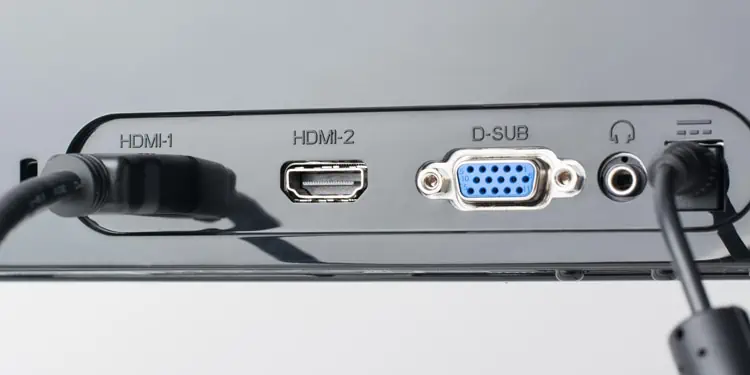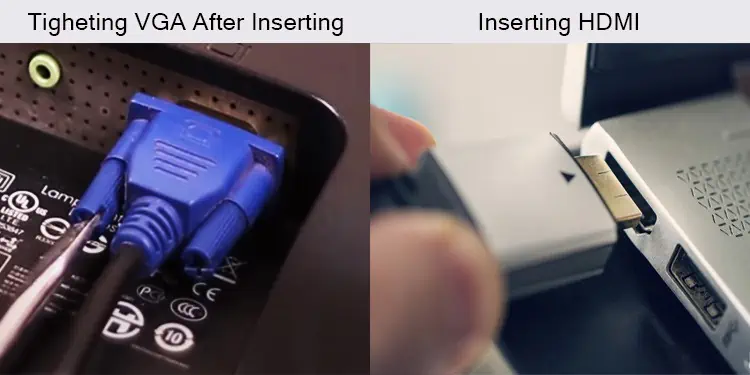With the advent of exceptional display units, there is an increasing necessity for better video interfaces and display controllers.
Due to this growing requirement fordisplay quality, the older and relatively low signal-quality VGA interface is now on the verge of extinction. It has now been almost completely replaced by the superior HDMI interface.
Nevertheless, there are still devices and display unit that consists of the VGA. And it still has its significance in a few areas. So, how exactly does the VGA vary from the HDMI interface? And which one should you choose? Let’s find out.
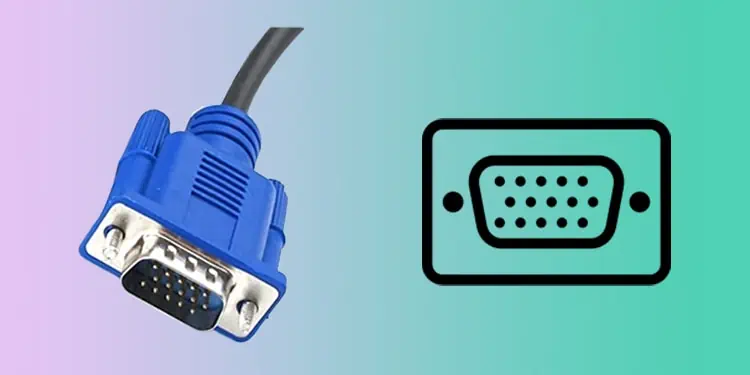
VGA, or the Video Graphics Array, is one of the oldestdisplay connectionsdeveloped by IBM, which came to use in the late 80s IBM computer. It transmits the video signal inanalog form. This display controller has been the common type of interface to transmit video signals to the monitor, and almost every display device incorporates one.
The VGA connector consists of abulky design with 15 pinsdivided into three rows. It works by transmitting the Red, Blue, and Green video signals along with Vertical and Horizontal sync information. In the later upgrades, it also consisted ofVESA signalsto identify the type of display units as well.
VGA has received several upgrades from different manufacturers with improvements in maximumresolution support for monitorsand signal quality. These are named VGA, SVGA, XGA, SXGA, UXGA, QXGA, etc.
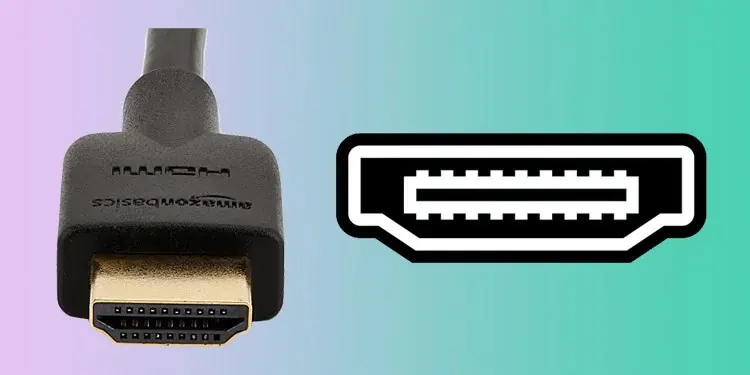
HDMI, or High-Definition Multimedia Interface, was the first display controller to transfer both digital visual and audio signals using a single cable. Released in 2002, theHDMI interfacehas now become a norm in almost all monitors, gaming consoles, and other display units.
The commonly used Type-A HDMI, among the five types,consists of 19 pins. These pins are responsible for transmitting the audio, video, and pixel clock data after being inserted into an HDMI port. It works as per the principle ofTransition Minimized Differential Signaling, or TMDS, which divides the video signal into pixels and uses links to transmit the RGB color and the divided pixels as a pixel clock.
HDMI has also received several upgrades after HDMI 1.0, with 2.1 being the recent one, withsuperb bandwidthand support for the highestrefresh rateand resolution.
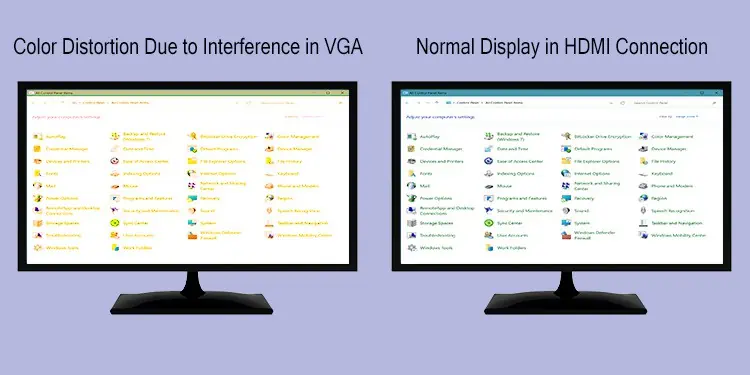
VGA Vs. HDMI – Specific Features
The major difference between the VGA and HDMI interfaces is in their image quality, with HDMI being the better one.
Similarly,HDMI is hot-pluggable, meaning you may insert or remove it while the system’s running, and you won’t experience any disturbance in the signal. However, the image quality will degrade, or thedisplay may not even show upif you try hot-plugging the VGA connector.
Besides these, let’s discuss what features and functionality separate these two interfaces.
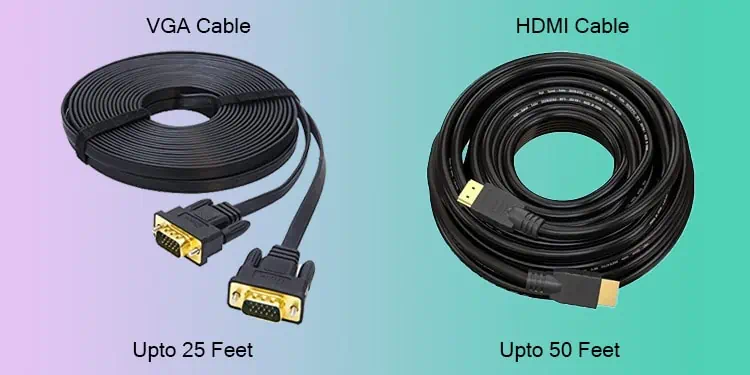
Bandwidth, Resolution, and Refresh Rate
VGA connection can transfer the video signal data at the rate of14 to 116 MegaHertz. This bandwidth varies for different versions, with VGA having the lowest transfer rate and UXGA the highest.
